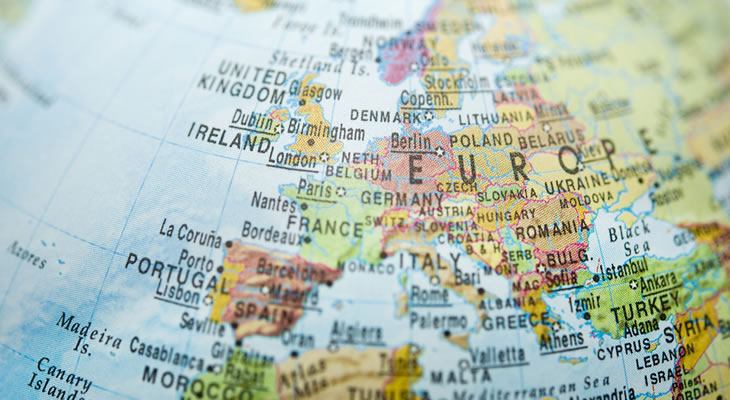The Pound to Euro exchange rate (GBP/EUR) has increased by 0.4% compared to earlier on 30th April, thanks to UK business optimism.
A Lloyds Bank survey has indicated growing confidence among UK businesses in April, despite difficult economic conditions.
The survey period did not cover the recent pessimistic ONS GDP estimates, so future survey readings may show a decline in optimism.
(First published 30th April, 2018)
Chance of UK Construction PMI Boosting GBP/EUR Exchange Rate
The Pound (GBP) tumbled against the Euro (EUR) last week, but could recover this week when high-impact UK PMI data for April is released.
The first of these, a manufacturing reading on 1st May, may be a shaky start as it is tipped to show a slowdown from 55.1 points to 54.8.
There could be more optimism among GBP traders later in the week, if the construction sector PMI shows as-expected growth in April.
The construction sector is in focus because of gloomy GDP estimates for Q1 2018; economists believe a -3.3% drop in construction activity constrained growth levels.
At present, the forecast is for construction sector activity to rise from the contraction figure of 47 points to 50.9, which would mean a return to growth.
Any Pound exchange rate gains caused by the construction PMI could be extended if services sector stats also show higher activity on 3rd May.
Is GBP/EUR Exchange Rate Rally Incoming on BoE Interest Rate Hike?
Looking further ahead, there may also be Pound to Euro (GBP/EUR) exchange rate gains incoming if the Bank of England (BoE) hikes interest rates on 10th May.
A fortnight ago, a May BOE interest rate hike seemed almost guaranteed, but the odds of such an outcome have since reduced considerably.
GBP traders have been rattled by inflation slowing by more than expected, along with the Office for National Statistics predicting a glacial pace of Q1 GDP growth.
While some economists have written off a May rate hike, BoE policymakers could still commit to higher rates and might trigger a GBP/EUR exchange rate rally.
Euro to Pound Exchange Rate (EUR/GBP) could Tumble on Eurozone GDP Slowdown
In a similar situation to the Pound (GBP) last week, the Euro (EUR) could see a sharp decline this week when Eurozone Q1 GDP estimates come out on 2nd May.
The flash estimates are currently tipped to show a year-on-year slowdown from 2.7% to 2.5%, while a quarter-on-quarter decline from 0.6% to 0.4% is also expected.
Starting 2018 off with a slowdown could lower confidence among Euro traders, resulting in a mid-week EUR/GBP exchange rate drop.
Risk of Greater EUR/GBP Exchange Rate Losses on Falling Eurozone Inflation Rate
There are additional dangers facing the Euro (EUR) this week, as disappointing inflation rate readings could trigger losses against the Pound (GBP).
These flash estimates for Eurozone inflation in April will be released on 3rd May and are predicted to show a year-on-year slowdown in core inflation levels.
The base reading is also expected to be uninspiring, with no change predicted from the previous 1.3% level.
If inflation slows or remains static, the Euro to Pound exchange rate (EUR/GBP) could decline because of lower odds of a European Central Bank (ECB) interest rate hike.
The ECB has maintained a cautious outlook since dropping interest rates to 0% in 2016, so slowing GDP and flat inflation will do little to prompt any immediate changes.


Comments are closed.